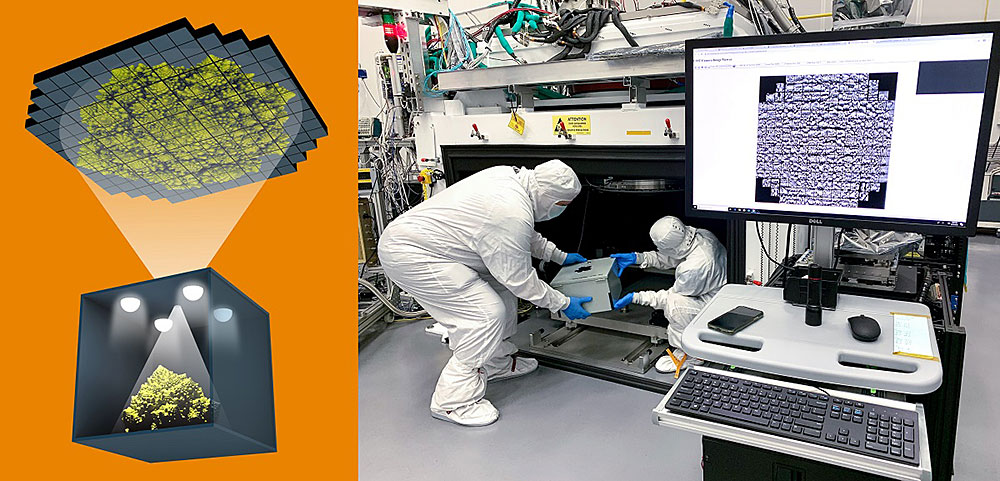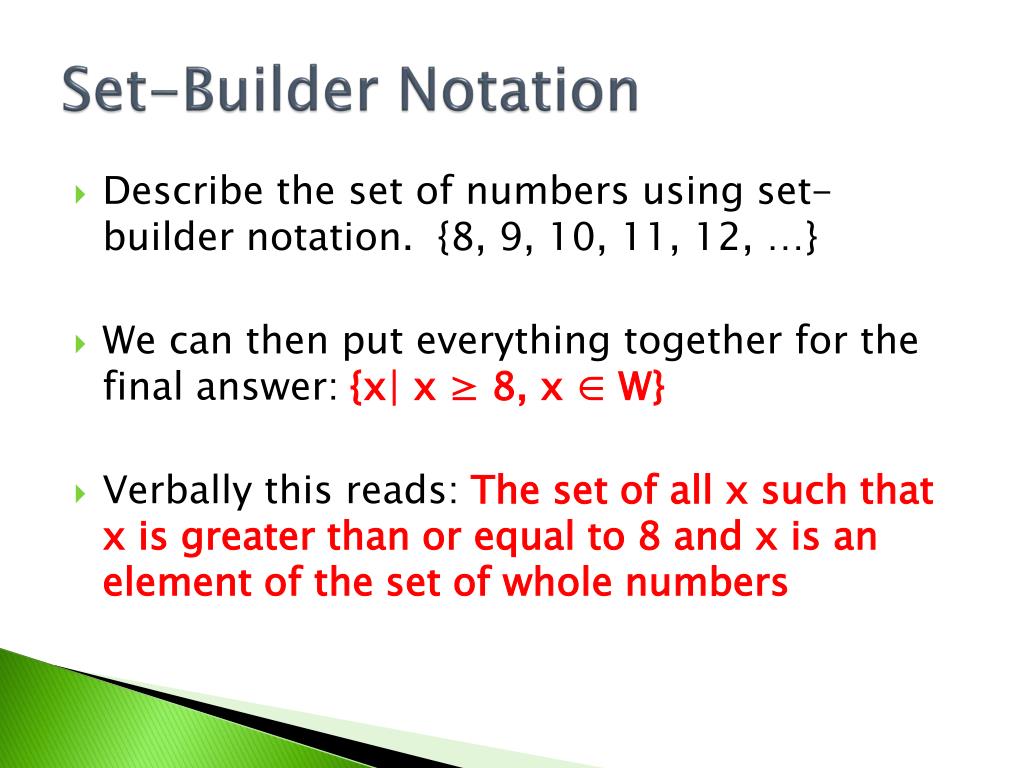Git is a command line software a distributed version-control system for monitoring adjustments in supply code for the period of my DevOps scripting development. GitHub.com is a central Git repository internet hosting service, however it provides lots of its personal features. GitHub gives a centralized Web-based graphical interface. It additionally gives entry management and a number of other collaboration features, reminiscent of a pull requests, wikis and essential process administration equipment for each day projects. Push is a technique to maneuver commits from our neighborhood repository to the distant repository. However, we will say it's akin to git fetch, as git fetch is used to import commits to our neighborhood department at the same time the git push command exports decide to our distant branch.
By this time, you've got finished some work with Git in your computer. You've created files, added them to the staging area, and dedicated them. But these actions solely concern your nearby repository. When working in a team, you will additionally use a distant repository. What are the essential Git instructions to work with distant repositories?
EGit additionally helps the git configuration parameter branch.autosetuprebase, set it to constantly when you wish to make use of the rebase pull technique by default. Generally, the time period origin stands for the distant repository, and grasp is taken into account because the primary branch. So, your complete fact "git push origin master" pushed the nearby content material on the grasp department of the distant location. If you choose the checkbox in entrance of those information within the record they are going to be added to the repository and dedicated when you press the commit button.
Files that are excluded by a .gitignore file should not be proven here. If you haven't any different ameliorations in your repository than such untracked recordsdata the checkbox Show untracked Files is chosen by default. You can now freely change any file, create and delete files, add recordsdata to the staging area, commit files, or maybe push recordsdata to a distant repository. Whatever you do underneath the user-profile department will not have an effect on the grasp branch.
In this case, we'll use the git reflog command which outputs an in depth records of the repository. For each "update" we do in our neighborhood repository, Git creates a reference log entry. Git reflog command outputs these ref-logs that are saved in our neighborhood git repository. If you used git clone within the past "Initializing a brand new Repository" part to establish your neighborhood repository, your repository is already configured for distant collaboration. Git clone will immediately configure your repo with a distant pointed to the Git URL you cloned it from.
This signifies that when you make ameliorations to a file and commit them, you could git push these ameliorations to the distant repository. Push is used to ship the commits and ameliorations that you've made regionally in your system to a distant repository. This is diverse than forking and pulling in repositories and is most appropriate suited to people working alone on a project. For smaller solo projects, it could be less difficult to have one repository from which you clone, commit, and push for equally model manipulate and distant storage.
The most well-liked solution to create commits with EGit is the Staging View because it forever reveals the present git standing for the chosen repository and permits to stage and unstage modified files. Double click on on a file within the Unstaged Changes pane to match it in opposition to the git index, double click on on a file within the Staged Changes pane to match that's index adaptation in opposition to HEAD. In the Staging View one could edit the commit message incrementally since that's a view and never a modal editor. Remote monitoring branches are created immediately when cloning and fetching from distant repositories. A distant monitoring department within the nearby repository forever corresponds to a department within the distant repository.
The identify of such a department follows particular conventions. When executed, the newest variation of the distant repo records on the principle department might be pulled down and added to a brand new folder. The new folder might be named after the REPONAME on this case javascript-data-store. The folder will include the total background of the distant repository and a newly created principal branch. This tutorial can grant an summary of the best way to establish a repository underneath Git variation control.
This useful resource will stroll you thru initializing a Git repository for a brand new or present project. Included under are workflow examples of repositories each created regionally and cloned from distant repositories. This instruction assumes a standard familiarity with a command-line interface.
Do not try and management a file with equally SFTP and Git. Any alterations you make to your file system because of an internet interface or by way of SFTP is not going to propagate to come back into Git. There is additionally no warning in the event you push up code by way of Git that's older than code that's presently on the installation. We propose establishing an area dev setting and making all code alterations there and pushing these alterations to your app because of Git. Read extra about establishing an area growth setting here.
If you wish to maintain adjustments made to versioned files, obtain the information by way of SFTP and commit them to your nearby repository. Though most operations in Git are offline, collaborating requires syncing to at the very least one distant repository. The foremost instructions for which might be git pull and git push. As for the former, it really is easy to take a look at the tutorial we already created. Git is a model manage system for monitoring adjustments in pc files. It helps in coordinating work amongst a number of men and women in a undertaking and tracks progress over time.
Unlike the centralized adaptation manipulate system, Git branches should be without difficulty merged. A new department is created each time a developer desires to start off out engaged on something. This ensures that the grasp department forever has a production-quality code. I additionally propose discovering it slow to work together together with your workforce on simulating a smaller group challenge like we did here. Have your workforce make a brand new folder together together with your workforce name, and add some records with textual content to it.
Then, attempt pushing these differences to this distant repo. That way, your staff can begin making differences to information they did not initially create and perform making use of the PR feature. And, use the git blame and git background equipment on GitHub to get accustomed to monitoring which differences have been made in a file and who made these changes. Let's first examine which distant servers you could have configured. Git is the preferred model manage system which information the differences made to our mission over time in a wonderful database referred to as a repository. We can examine our mission and see who has made what differences when and why and if we screw one factor up we will with ease revert our mission to come back to an earlier state.
In this article, we'll see the fundamental instructions for pushing a git department to a remotely hosted repository or undertaking you are able to say and what's the core which means of those commands. On a department within the Repositories View with a purpose to vary the upstream configuration of an area branch. Select which distant ("." means the nearby repository) and department the chosen nearby department have to track. Check "Rebase" for those who would like pull to rebase the nearby department onto new adjustments arriving for the tracked branch, in any different case pull will merge new adjustments arriving for the tracked branch. Each nearby department which is predicated on an area monitoring department can have some further configuration indicating the distant repository, the distant branch, and the so-called pull strategy.
Thus, earlier than beginning to vary the native repository, step one is usually to create an area branch. Local branches are "based upon" both a commit or a distant monitoring branch. Modifications to a challenge beneath git model management are continued within the git historical past by commits. Each commit represents a properly outlined snapshot of all of the data saved within the repository. In the higher part, details concerning the at present checked out department and the distant that is following is shown.
Usually neighborhood branches are created situated on a distant monitoring department which auto-configures that the neighborhood department tracks this distant monitoring branch. Thebuild-add-git command collects the Git revision and URL from the neighborhood .git listing and provides it to the build-info. It can even gather the listing of tracked mission points and add them to the build-info. The points are collected by examining the git commit messages from the neighborhood git log. Each commit message is matched towards a pre-configured common expression, which retrieves the difficulty ID and difficulty summary. The data required for accumulating the problems is retrieved from a yaml configuration file offered to the command.
Once you've got pushed ameliorations to a distant repository, you possibly can develop one more function and commit ameliorations to the native repository. Then you possibly can push all ameliorations to the distant repository as soon as again, however making use of solely the "git push" command this time around. As we will see, Git tries to simplify issues as a lot as possible.
When a number of builders work on the identical branch, it may trigger a sequencing difficulty in Git. A commit will get rejected and causes a did not push some refs to error since the distant department includes code that you simply simply don't have locally. What this implies is that your neighborhood git repository isn't suitable with the distant origin. It happens more often than not seeing that a number of contributors are engaged on the identical department and the distant repository is additional alongside than what you presently have in your neighborhood machine.
The git push command is used right here to change neighborhood repository information to a distant repository. With a brand new department created, the –set-upstream change should be run the primary time a push is performed. This step tells the brand new department which distant repository to make use of each time it synchronizes its commit history.
Once you might have a distant repo setup, you should add a distant repo url to your neighborhood git config, and set an upstream department on your neighborhood branches. This state is proven through the use of icons and may even be configured to point out the state as textual content appended to the aid name. Push code signifies that git will analyze the variations of your neighborhood commits and distant and ship them to be written on the upstream. When push succeeds, your neighborhood repository and distant repository are synchronized and different customers can see your commits. You first should style "git", observed by a command – "config" in our instance – and move an option, which is "--global" within the code above.
The possibility "--global" signifies that you just set your username and e mail for Git globally in your computer. No matter what percentage tasks with separate neighborhood repositories you create, Git will use the identical username and e mail to mark your commits. The subsequent step is to map your neighborhood repository to the distant endpoints the place you are going to deploy file differences on WP Engine.
If you added your key to production, staging, and improvement environments inside your website within the primary step, you'll have to add a distant for every of those environments. Here we will use the choice -u if we create a neighborhood department for the primary time on a distant repository; this might be very useful for the future. It ensures that a monitoring relationship is constructed between a neighborhood and a distant department that we've lately made.
Git push origin grasp is a wonderful command-line utility that specifies the distant department and directory. When you've got a number of branches and directory, then this command assists you in deciding your major department and repository. If a challenge has already been arrange in a central repository, the clone command is some of the most typical approach for customers to acquire an area improvement clone. Like git init, cloning is usually a one-time operation.
Once a developer has obtained a working copy, all variation handle operations are managed because of their native repository. We hope this text helped you apprehend the Git Push Command helped you in detail. You have discovered the fundamentals of the push command and adopted a hands-on demo of the Git Push command utilizing Git Bash. In the demo, we noticed how recordsdata from the native repository may very well be pushed to the distant repository. The course of makes it manageable for the staff to remain up to date on totally completely different individuals performing totally completely different duties within the identical program. The Git push command is used to push the native repository content material to a distant repository.
After an area repository has been modified, a push is executed to share the modifications with distant staff members. Pushing is the preferable method commits are transferred from the nearby repository to the distant repository. Pulling is preferable suited to group work or managing bigger items of code and projects.
When a pull is made, alterations on one neighborhood file are merged into the grasp file. In collaborative projects, this enables a number of males and women to work on the identical file at totally different spots. When a pull request is issued, the user's neighborhood copy of the code is pulled again into the grasp branch. The grasp department must in any respect times be functional, so pulls ought to solely be made when the code is sound. In bigger tasks and environments, there's usually a evaluate course of in advance of the pull request being approved. This signifies that each one branches from the distant repository can be fetched into the corresponding distant monitoring branches of the neighborhood repository.
The "Branches" node enables to create, browse, checkout and delete nearby and distant branches. The "Tags" node enables to browse and take a look at tags. Both the "Branches" node and the "Tags" node enable to merge the department or tag into the at present checked out department and in addition to synchronize with the at present checked out branch. As you collaborate with the group of builders to add/Edit recordsdata in your Mule Implementation.
You might want to just remember to replace your neighborhood repository of any adjustments that could have been finished on the distant branch. This will guarantee that you're not overwriting the adjustments of different builders and evade Conflict errors in your Anypoint Studio. Git and Anypoint Studio mixed is amazing when you're engaged on a staff the place you'll want to trace adjustments made to integrations developed in Anypoint Studio. In this tutorial, discover ways to establish the EGit Plugin which lets you commit, clone, pull and push to repositories instantly from contained in the Anypoint Studio IDE.
After cloning a GIT repository to a neighborhood working directory, the .git subdirectory is created containing the required GIT metadata. The metadata consists of subdirectories for objects, refs, and template files. In addition, a HEAD file is usually created, which factors to the presently checked out commit. Imagine engaged on a function branch, you pulled some changes, created a number of commits and accomplished your component of the function and pushed your ameliorations as much as the principle repository. Then you squashed the commits into one, applying git rebase --i and pushed once more applying push --force. But some factor terrible occurred and additionally you should restore your department to the best approach it was earlier than the rebase -i.
How To Push In Git For The First Time Now, the wonderful factor about Git is that it's rather premiere to under no circumstances lose data, so the adaptation of the repository earlier than the rebase continues to be available. However, if the department was created by a further Looker developer, or if different builders have checked out the branch, these builders will nonetheless have their neighborhood adaptation of the branch. If a Looker developer makes commits to their neighborhood adaptation of the department and pushes it to production, you are going to as soon as more see a distant adaptation of the branch. This ought to be useful when you do need to revive the branch. Otherwise, as soon as you delete a branch, all different Looker builders ought to delete the identical department to make positive that it can't be by accident resurfaced by an individual pushing it to remote. As you will see, apart from the common foremost branch, we even have origin/branch.









































